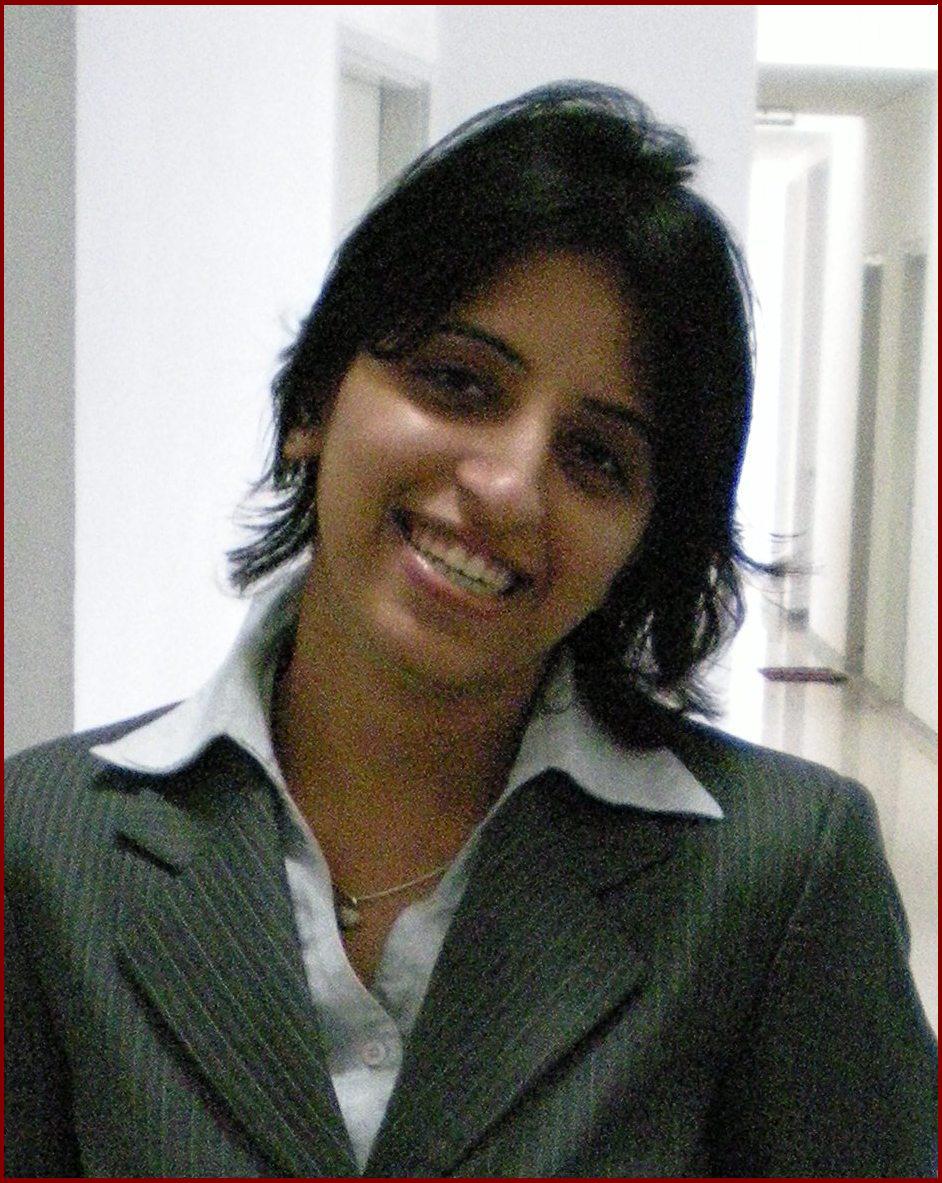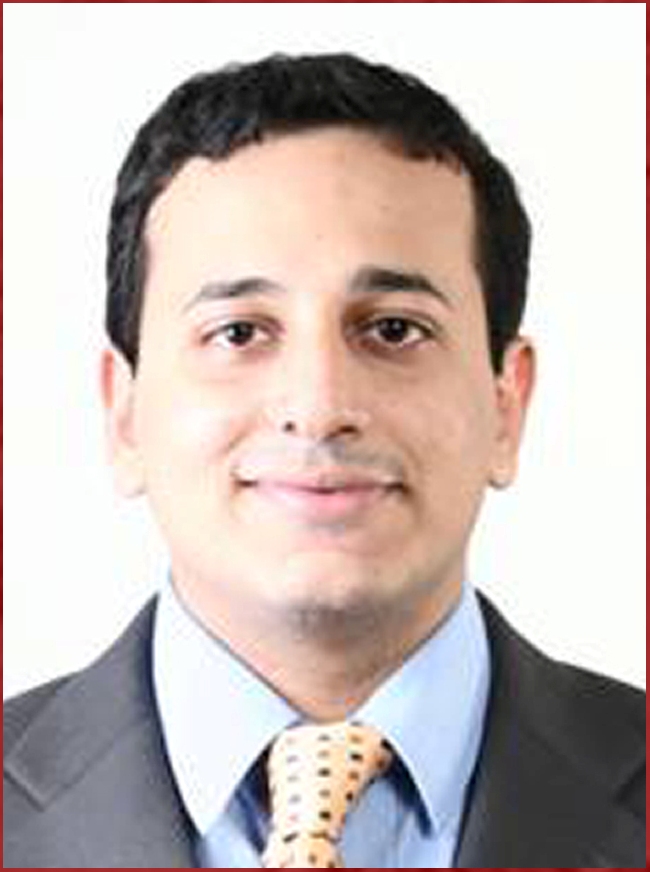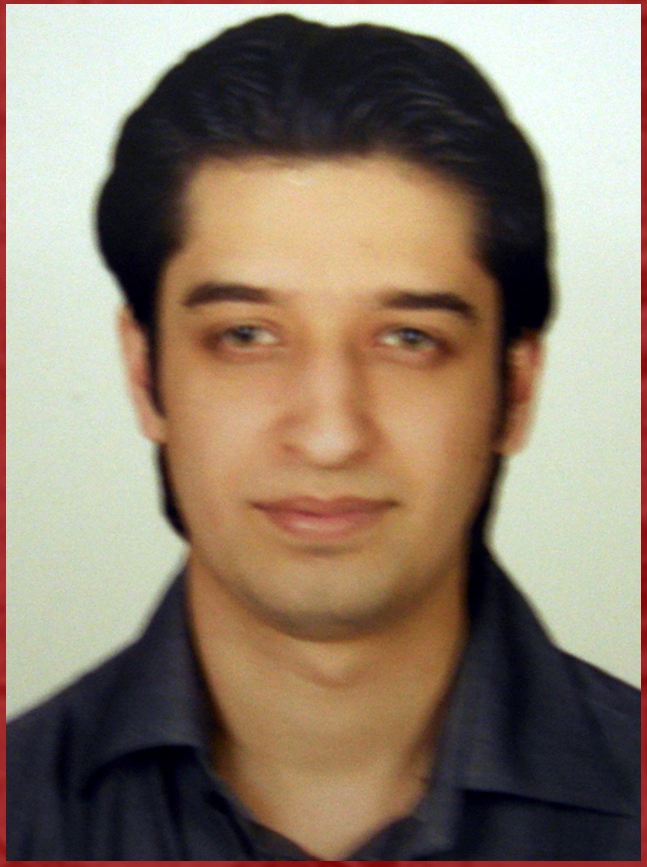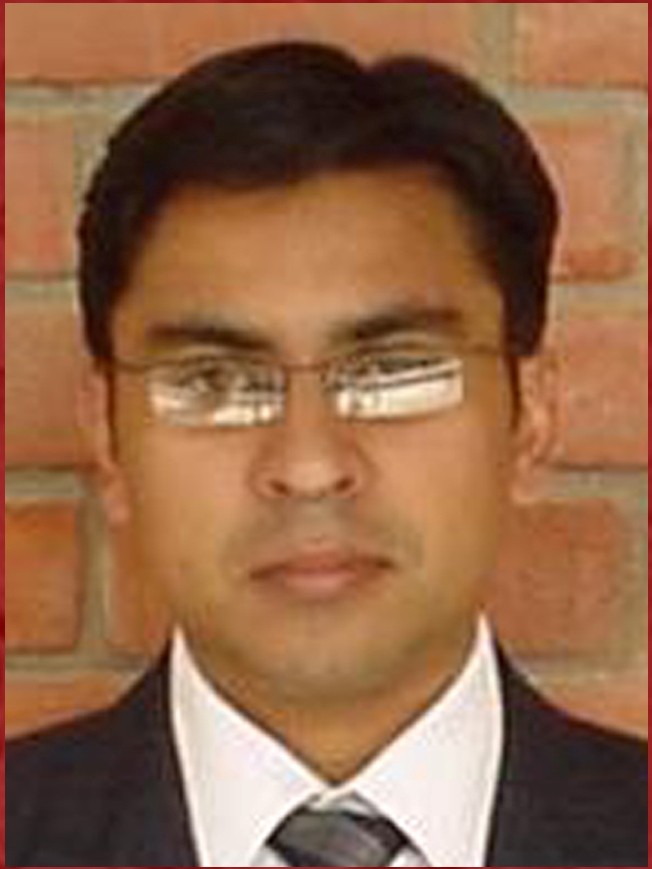Kaushik is my name and I am IIM Ahmedabad’s chosen representative for Olympus 2008.
Organizations worked with: Ahmedabad Municipal Corporation, Feedback Ventures, Goldman Sachs, Nokia India, Oracle India, Texmaco.
Entrepreneurial Exposure: Habits Books Pvt. Ltd. (2005)
Current Venture: LootStreet.com (scheduled March 2008)
My Potpourri. My Self:
Believer – Starter – Dreamer – Reader – Assistant General Secretary – Investment Banker – Drummer – Engineer – Explorer – Teacher – Social Crusader(www.aproch.org) – Winner – Coder – Finalist – Vocalist – Runners Up – Perseverer – Tournament Director – Market Researcher – Football team member – Volunteer – Cultural Secretary – Choreographer – Stock Trader – Coordinator – Donor – Theatre – Webmaster – Team player – Sitarist – Toastmaster – Logo Designer – Runner – Captain, Swimming – Cricket team member – Kung Fu belt holder – Biker – Clear.
______________________________________________________________
Let’s Talk! Since the objective of this Blog is for us to get to know each other better, I would love it if we could catch up over the next few days via Gtalk (6kaushik@iimahd.ernet.in) or Yahoo! Msngr (kaushik.mukherjee@yahoo.com).
Say, tomorrow (02/01) between 1030-1300 hrs or 1500-1730 hrs?
And day-after (03/01) between 0100-0200 hrs ?
Alternatively, the usual 24×7 channels – Mail me at the email addresses provided above, leave a comment on this page or get in touch on 98798 05972. Thanks!
______________________________________________________________

Question for the day (02/01/2008) :
Who amongst the other 5 candidates do you think is your biggest competitor in Olympus 2008?
And now that you have been through the 9 slides that pretty much capture the road travelled thus far – Consider this, a personal invite. Soon, both you and I, will find out where this road leads to!
______________________________________________________________

Question for the day (01/01/2008) :
Educated, energetic and able youngsters of our country (except those belonging to some political linage) often shy away from entering politics and hence do not take up a direct responsibility of making a positive impact on the society. Comment.
“Ekhane goto tirish bochore oshob chesta kore kono laabh hoye ni, hobeo na”
– In this state, there is no use of even trying to make a difference via the political route.The existing stronghold has roots deeper than what you and I can overthrow. A communist state that is notorious throwing a spanner in the works of privatization and foreign investments, it is no surprise that we have been lagging behind other parts of the country in more ways than one.
“Mane nathi karwu kaanki aa nishpaksh ane gunwataanusar nathi”
– No way, I don’t find that interesting. Where’s my incentive? Meritocracy is there only in corporate world and mostly absent in what masquerades by the name of political parties today. If you will find anything, it is bureaucracy, which makes the path to politics very convoluted. With the growing talent crunch, increasing opportunities in corporate India, the opportunity cost of taking up politics is too high! And to expect a person to do it for ‘patriotism’ is being a little unrealistic in the present context.
“Ajj de halatan ‘ch kisse naven khidari da rajniti ch kujh haasil karna mushkil e. Punjab ‘ch dovein partiyan di ik ajehi grifat hai ke koi ehna andar da banda hi sudhar leya sakda hai”
– With the two existing parties bickering over age-old issues, here there is no space for new ideas. It would take a superhuman effort for a third party to emerge and compete to make a difference. With such huge entry barriers, it is difficult to being about improvements even if a person enjoys strong local support. In fact, here it is more feasible for a member within to bring about a positive change.
“Ille, (naan arasiyal la sera virumbalai) yaen na inge arasiyal la eppovum naan rendaam aala iruppein”
– No, I don’t think so. It is very difficult to function as a standalone entity and to join either of the major parties would mean that you would always have to play second fiddle. Family lineage is given priority above anything else. Even for contesting an election from one of the parties, one has to pay obscene amounts of money to the party leadership.
“Nahee. badal ghadavanyache aanakhi dusare prabhavi marg upalabdha aahet”
– How many more examples do we want to well-meaning individuals joining politics and ruining their lives? It is not that I do not want to bring about a change – but I strongly feel that there are better ways of doing it. Not when I have to be constrained by vote-bank politics, red-tapism and other hindrances. In fact, individual/private work in the social sector is much more impactful than most efforts by political parties, where the actions occupy media space but fail to ameliorate the lives of those who need it.
“Nenu ee samayam lo rajakiyalalo chera dhaluchuko ledhu”
– Now? No, not now? If at all, I have to think about it – it will be much later. Let me work my way up, establish myself and try to make a mark on society. An individual with a credible history can command much more support than what a rookie can.

Twenty-three. Nineteen. Twenty-seven. Does the age really matter? …voices that echo what the ‘educated, energetic and able youngsters of today feel about the system that governs our very own society. One issue that clearly rings out from all this is the lack of suitable avenues for individuals who want to make a difference to the world of politics. In a land of a billion, there are millions who keep abreast of the latest happenings in the world’s largest democratic setup. It was only a matter of time before someone made a film by the name of ‘Ayutha Ezhuthu’ (Hindi remake: Yuva) and six graduates from India’s premier engineering institute gave up promising careers to form the first ever youth-led political setup, ‘Lok Paritran’. The big question now – what of this? In a nation, where there are umpteen examples of voices being crushed when directly targeted at the more powerful, is it the fear of casualty that keeps the youth in their safer havens of corporate workspace?
Voted as one of the Top 10 brands of the year 2007 – the Times of India’s ‘Lead India’ campaign provided a much-publicized platform for those who are willing to make a difference to collaborate and take the nation forward. After all, if the frog who climbed three steps and slipped down two, had given up trying – the well, and not the world, would be its oyster.
______________________________________________________________

Question for the day (31/12/2007) :
On the eve of the new year what targets should India as a country set for itself to achieve in 2008?

Apologies, but I seem to have donned my Scrabble cap today. Slit-eyed and peering at the tiles on my rack – what do I see? A motley array of twenty-eight states and seven union territories. Scramble… to get ‘Unity in Diversity’. Unscramble… the scene shifts – ‘Poverty and Corruption’. Love it, Hate it – but as the cliche goes, India – the world simply cannot afford to ignore it. Sure, India’s come a long way from being famous for its rope trick! One look at the ‘daily dose of media overdose’ that is churned out through newspapers/television/internet and you can catch buzzwords ‘9% GDP growth’, ‘FDIs’, ‘Infrastructure Investments’, etc. The message is all too clear – India is on her way and there is no mistaking that. The big question is, how high can a nation rise when its progress is mostly driven by one half of the now bipolar nation – India Inc.?
The first signs were raised when two words were combined to coin an otherwise innocuous ‘digital divide’. Today, as I sit here penning my thoughts down as another year draws to a close – the truth is out there and this time, in BOLD. If we do not use our strengths to address our weaknesses, there will be a time when the Indian juggernaut will run out of steam. With increased FDI in various sectors, Public-Private Partnerships and highly lucrative Capital Markets, India today is in a position where it can attract significant amount of funds to further its growth. The crucial word which is missing in the previous sentence, is ‘Inclusive’. Inclusive Growth – and this cannot simply be attained by lending money to the needy. As the saying goes, ‘Give a hungry man a fish and he will survive for a day. Teach a hungry man how to fish and he will never starve for life’. The need of the hour is to enable those at the ‘bottom of the Indian pyramid’.
Target List 2008:
– Build the existing microcredit market by harnessing cost-effective technology to ‘lend tiny amounts of money to people with even tinier assets’
– Support and introduce initiatives such as e-Choupal(ITC) and Shakti(HLL) which go a long way in empowering farmers
– The co-operative movement, that has resulted in phenomenal success in the milk industry, needs to be replicated in agriculture now.
– We need technological breakthroughs that will reduce the seasonality of agricultural produce, which in effect, will reduce the alarming rate of farmer suicides.
Key Driver:
There has to be a core focus on Internet penetration to the deepest regions of Rural India as it is the cheapest option of launching mass-scale ‘human empowerment drives’. Pose a question – ‘What should India do at this stage?’. Pat comes the answer, ‘Eradicate poverty’. Dig deeper and you will find that roots to this lies in addressing two of the basic rights of every human being – Health and Education. So what stops us from using what we are really good at to address this? The year 2008 should see thousands of health and educations kiosks across rural India through which inexpensive solutions can be provided to the greater part of the country.
There should be more public-private partnerships to develop sectors such as infrastructure and tourism, where we are years behind other South-East nations such as Singapore and Malaysia. A consistent and gradual increase in spend on research and development in India is what will lead to an increase in the number of PhD’s and patents files in the nation. Macquarie Bank (Australia) has already predicted a 2008-end target of 24000 for the Sensex. At such, dizzying heights, financial accountability and transparency deserves special attention. While the long-standing dream of complete convertibility for the Indian currency, might not realize in 2008, the rupee continues to appreciate. It might be prudent to readjust the nation’s monetary policy to link it to a basket ofglobal currencies.
Last but not the least, we are the world’s biggest aggregation on “middle-class consumers” (approx. 300 million). This provides us with a golden market to test in-house products to and eventually develop as a competing manufacturing counter-hub to China. Customer-sensitivity and Co-creation, while exploring the benefits of economies of scale, can actually push India to the dreams sold by the many BRIC 2050 variants floating around.
Food for thought… as I leave to join my friends upstairs, who seem to have taken a sudden liking to punjabi-remixes of what I distinctly remember was MJ the last time I heard it!
And if you are still wondering what the initial image of the elevator buttons is – take a closer look. A nice long one. Nine is fine. But why settle at the existing GDP growth rate, when 14 is just a couple of inches and few policy changes away?
______________________________________________________________

Question for the day (30/12/2007) :
Will cooperation rather than competition amongst the IIM students community, help in building a stronger brand in the long run?
Home Sweet Home. One reason for beginning a discussion with these words is the fact that it feels wonderful to be in Calcutta after a long break. The other is more to with the bigger picture – after all, we do miss what at one time used to be just a normal way of life. Cooperation, as a child – be it letting your best friend bat an extra over because he got out in the very first ball or whether it be sharing your delicious tiffin with your own group of friends. Competition, as a child – Pulled up for an accidental false start in the 100m race at school or resisting the urge to take extra sheets in the college end-terms just because the girl in front of me took three! Here, in the present – the scenario is a little different. We are members of the IIM fraternity – caught in our own little webs of intangible dreams and tangible pay packages. Over the past few years, the brand ‘IIM’ has been painstakingly eking out a course for global recognition and acceptance. But as someone rightly said – an institute can only be as good as its students are. So are we ready to ‘cooperate’ or do we have to ‘compete’ to move ahead? Fortunately, away from the busy curriculum of courses and competitions – home gives just about the perfect environment to lose oneself in the many implications of the question.
‘Competition’ and ‘cooperation’ need not always be the different faces of the same coin and to my mind – one does not always exist in the absence of the other. After all, whether we ‘cooperate to compete’ or ‘compete to cooperate’ – they are both means of achieving a higher purpose. Sometimes, although natural instincts might will us to stay in isolation, it could be interesting to consider Robert Frost’s side of the story – “Something there is that does not love a wall” (‘Mending Wall’). But why do we end up building walls when what we ideally should be building are bridges? The admission system to India’s premier business schools does not really do much to help the situation. ONE 2-hour examination which claims to measure a b-school aspirant’s academic capability, followed by the predictable format of group discussions and interviews on topics that are not too difficult to prepare for. Fair to some, unfair to others. Once done, the entire IIM student batch is never really regarded as a whole, does it? Neither do we have pan-IIM convocations, nor do we have inter-IIM exchange programs. The only platforms available are inter b-school symposiums that are mostly capability and motivation-driven. Is it that difficult to cooperate?
I do not believe so. If we are to ever establish the IIMs as a global brand, we have to stop differentiating between ourselves. Take the IITs for example. It is amazing how people in the global offices of any MNC have heard of the three letters – IIT. Not IIT Chennai or KGP or Kanpur, but IIT. Although I am a BITS Pilani graduate myself – a university which is rapidly opening up institutions in different parts of the globe – I would want us to emulate this in terms of building ‘one common undiluted brand’ for the university. Similarly, for the IIMs. In fact, here’s a fact. During my summer internship at New York, when I tried to explain what IIM Ahmedabad was – half my audience would be content with the fact that it sounded like ‘IIT’ while the other half would be content with the fact that it was it was somewhere to the north-west of ‘Bangalore’ ! 🙂
Bottomline, we are IIM students and I refuse to stay within my own comfortable shell that is built on the flimsy support of a lone alphabet. Take the case of the four students from our campus who gave up hefty pay-packages to start their entrepreneurial ventures, Quetzal Online Pvt. Ltd. (www.qverify.com). The support and guidance they received from the IIM Bangalore incubation was inspiring. Back to the present – My friend and I are currently involved in planning our own e-commerce venture – http://www.lootstreet.com that is scheduled for a March 2008 launch. The kind of support we have been able to extract from IIM alumni, irrespective of which IIM they came from, is ample proof of the fact that the best way forward – is most definitely, together.
Please do keep checking this page and I shall respond to tomorrow’s discussion topic and any questions that might arise out of this from Ahmedabad – which I should reach within the next 10 hours. For those who will be in Calcutta during Intaglio 2008 (3rd to 6th of January, 2008), I look forward to seeing you there.
Closing words:
Although something cooperation and nor competition might be quite contrary to what our instincts may tell us. Sometimes, it really pays to do things differently. Food for thought – ‘Subvert the Paradigm’ (Take Flight)








Very well responded with good examples and statements. really impressive and all the best for the venture
Brilliantly written. really liked the buildup from the good ol’ school days to the current scenario.
All the best Kaushik.
Very well written and interspersed with good examples which drive home the point
A thought provoking read indeed.
“letting your best friend bat an extra over” – it took me to a journey through memory lane… what a sweet way of comparing and contrasting issues.
The Mending Wall illustration was well-chosen. Also, the diluted entity ‘IIM’, in contrast to the well-recognized IIT brand is an interesting issue to ponder upon.
Finally, the video was awe-inspiring!
Good One Moods !!!
Comment edited by moderator of this page.
The target list list includes some excellent and diverse targets. However in the key drivers section the depth of analysis is not up to the mark .
For example, what makes you feel that PPP is the way to address India’s infrastructure needs?
More importantly since many infrastructure projects are already being implemented throught the PPP route what we need are ways to address the shortcomings. Limited accountability of the governement is one such problem.
Nice read again… Ends on a very exalting note… 🙂
Dear Ahraaz,
Thanks for your views. I am glad that you agree with the ideologies expressed in the targets section. About the analysis – sure, the arguments present here do not make a detailed analysis but that is probably because I never intended it to be so. An in-depth analysis of reasons behind the ideas expressed would probably take pages.
I will take a subset of India’s representative needs – say, airports. One look at the airport at the biggest city in the much-touted ‘progessive’ Gujarat and we see everything from unsafe three-layered ‘drop’ conveyor belts to insufficient ticketing counters to less-than-optimum number of hangars. The airports at metropolitan cities, such as Mumbai and Delhi are choking and it is only now that modernization and expansion have been approved through the PPP route after a rigorous and competitive bidding system (Estimated expenditure of US $3.5 billion). After all, we cannot expect the government to invest in building world-class airports such as those at Kuala Lumpur & Singapore, when there are more pressing issues of education, health and poverty.
So does that mean we do not modernize our infrastructure with the same speed at which India Inc. is moving ahead? The thing is – I don’t think we can afford to. If we have to compete with other nations and grow to be a lucrative investment destination for world-class firms, we have to delegate part of the responsibilities to parties who have the means and freedom to fulfil them.
You are correct when you say that the shortcomings need to be addressed before they grow out of proportion. But the success of any ‘special purpose vehicle’ is measured by tangible results – and if good results require the government to be more accountable, private institutions with majority stakes might be able to exert enough force to rectify this.
Thanks again and please do keep posting!
hi, friends
this is piyush from jaipur . i m very crazy about you . i m in 12 class . i want to know about you because i want to be a merchant navy officer . now i m very narvous because i have no right way to m .navy.. could you please help me about my career and your site is really very good.. please mail me onece ………..your dear..piyush..
MAY YOU GE YOUR TARGET WITH GOOD LUCK